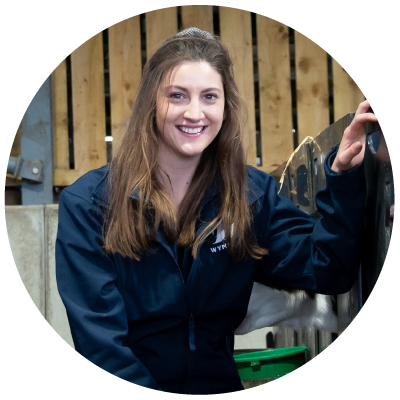It is well known that the early introduction of starter feed is essential for rumen development, but often forage is not offered until close to or post-weaning. Many recent studies have shown that offering forage during the pre-weaning phase has benefits in pre-weaning growth rates as well as aiding the transition from a milk-based diet to solid feed.
Feeding forage stimulates rumination and the production of saliva. This enhances the rumen buffering capacity leading to a more stable and consistent rumen pH. This is essential for the young calf and its developing rumen.
When to introduce?
Introduce forage by 2-3 weeks of age as starter intakes begin to increase. Feeding starter feed, without forage, can increase the risk of rumen acidosis and bloat as well as the increased risk of keratin build-up on the rapidly growing rumen papillae. This can lead to poor rumen absorption capacity and hinder early rumen development, impacting rumen efficiency and performance. Adding chopped forage (under 3 inches) into the diet acts as a ‘toothpick’ creating a scratch effect to aid rumen development and stop keratin build-up.
Read more: Calf Weaning: The When and the How
What to feed?
Pre-weaning provides calves with forage that has low nutritional and high NDF (>65%) such as barley or wheat straw. Providing a low-quality forage will limit the calves' intake to 3-5% DM. If feeding higher quality/more nutritious forages, limit intakes to 5%. Above this, calves may reduce starter feed intakes which will negatively affect performance.
Read more: Calf Starter- what's important?
Take Home Message
- Introduce chopped forage in the pre-weaning phase
- Forage should have high NDF
- Forage should have low nutritional value
- Chopped straw (<3 inches) provides ‘toothpick/scratch’ effect
For more advice on what you should be feeding your calves, speak to our Calf and Youngstock team who can give you the most up to date and specific advice.












